
An entirely new class of super-reactive chemical compounds, trioxides, has been discovered under atmospheric conditions.
For the first time, an entirely new class of super-reactive chemical compounds has been found under atmospheric conditions. Scientists from the University of Copenhagen, in close collaboration with international colleagues, have documented the formation of so-called trioxides – an extremely oxidizing chemical compound that likely affects both human health and our global climate.
Hydrogen peroxide is a commonly known chemical compound. Because all peroxides have two oxygen atoms attached to each other, they highly reactive and often combustible and explosive. They are used for everything from whitening teeth and hair, to cleaning wounds and even as rocket fuel. However, peroxides are also found in the air surrounding us.
There has been speculation in recent years as to whether trioxides – chemical compounds with three oxygen atoms attached to each other, and thereby even more reactive than the peroxides – are found in the atmosphere as well. But until now, it had never been unequivocally proven.
“This is what we have now accomplished,” says Professor Henrik Grum Kjærgaard, at the University of Copenhagen’s Department of Chemistry. Kjærgaard is the senior author of the study, published on May 26, 2022, in the prestigious journal, Science.
He continues:
“The type of compounds we discovered are unique in their structure. And, because they are extremely oxidizing, they most likely bring a host of effects that we have yet to uncover.”
Hydrotrioxides (ROOOH), as they are known, are a completely new class of chemical compounds. Researchers at the University of Copenhagen (UCPH), together with colleagues at the Leibniz Institute for Tropospheric Research (TROPOS) and the California Institute of Technology (Caltech), have demonstrated that these compounds are formed under atmospheric conditions.

Reaction: ROO + OH → ROOOH (oxygen atoms in red). When chemical compounds are oxidized in the atmosphere, they often react with OH radicals, typically forming a new radical. When this radical reacts with oxygen, it forms a third radical called peroxide (ROO), which in turn can react with the OH radical, thereby forming hydrotrioxides (ROOOH). Credit: University of Copenhagen
The researchers have also shown that hydrotrioxides are formed during the atmospheric decomposition of several known and widely emitted substances, including isoprene and dimethyl sulfide.
“It’s quite significant that we can now show, through direct observation, that these compounds actually form in the atmosphere, that they are surprisingly stable and that they are formed from almost all chemical compounds. All speculation must now be put to rest,” says Jing Chen, a PhD student at the Department of Chemistry and second author of the study.
Just How Much
- Isoprene is one of the most frequently emitted organic compounds into the atmosphere. The study shows that approximately 1% of all isoprene released turns into hydrotrioxides.
- The researchers estimate that the concentrations of ROOOH in the atmosphere are approximately 10 million per cm3. In comparison, OH radicals one of the most important oxidants in the atmosphere, are found in about 1 million radicals per cm3.
Hydrotrioxides are formed in a reaction between two types of radicals (see illustration below). The researchers expect that almost all chemical compounds will form hydrotrioxides in the atmosphere and estimate that their lifespans range from minutes to hours. This makes them stable enough to react with many other atmospheric compounds.
Presumably absorbed into aerosols
The research team also has the trioxides under strong suspicion of being able to penetrate into tiny airborne particles, known as aerosols, which pose a health hazard and can lead to respiratory and cardiovascular diseases.
“They will most likely enter aerosols, where they will form new compounds with new effects. It is easy to imagine that new substances are formed in the aerosols that are harmful if inhaled. But further investigation is required to address these potential health effects,” says Henrik Grum Kjærgaard.
While aerosols also have an impact on climate, they are one of the things that are most difficult to describe in climate models. And according to the researchers, there is a high probability that hydrotrioxides impact how many aerosols are produced.
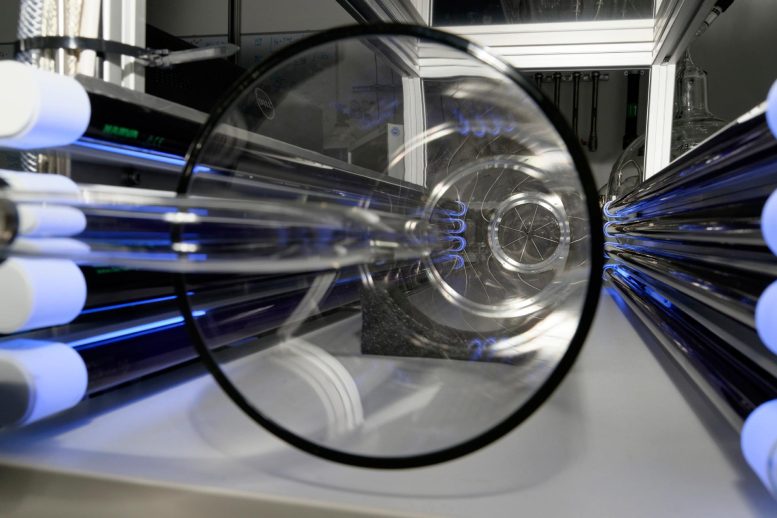
Laboratory set-up of the free-jet flow experiment at TROPOS in Leipzig, with that direct evidence was provided for the first time that the formation of hydrotrioxides (ROOOH) also takes place under atmospheric conditions from the reaction of peroxy radicals (RO2) with hydroxyl radicals (OH). Credit: Tilo Arnhold, TROPOS
“As sunlight is both reflected and absorbed by aerosols, this affects the Earth’s heat balance – that is, the ratio of sunlight that Earth absorbs and sends back into space. When aerosols absorb substances, they grow and contribute to cloud formation, which affects Earth’s climate as well,” says co-author and PhD. student, Eva R. Kjærgaard.
Compound’s effect needs to be studied further
The researchers hope that the discovery of hydrotrioxides will help us learn more about the effect of the chemicals we emit.
“Most human activity leads to emission of chemical substances into the atmosphere. So, knowledge of the reactions that determine atmospheric chemistry is important if we are to be able to predict how our actions will affect the atmosphere in the future,” says co-author and postdoc, Kristan H. Møller.
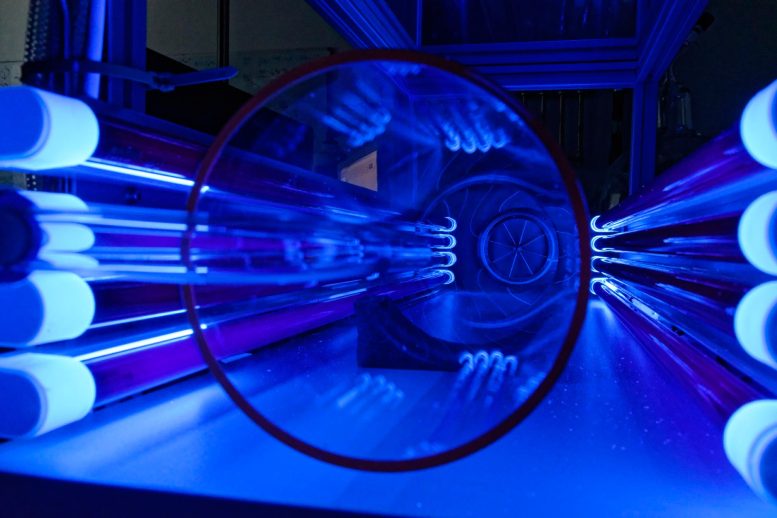
Until now, there was only speculation about hydrotrioxides (ROOOH), that these organic compounds with the unusual OOOH group would exist. In laboratory experiments at TROPOS in Leipzig, their formation during the oxidation of important hydrocarbons, such as isoprene and alpha-pinene, could be clearly demonstrated now. Credit: Tilo Arnhold, TROPOS
However, neither he nor Henrik Grum Kjærgaard is worried about the new discovery:
“These compounds have always been around – we just didn’t know about them. But the fact that we now have evidence that the compounds are formed and live for a certain amount of time means that it is possible to study their effect more targeted and respond if they turn out to be dangerous,” says Henrik Grum Kjærgaard.
“The discovery suggests that there could be plenty of other things in the air that we don’t yet know about. Indeed, the air surrounding us is a huge tangle of complex chemical reactions. As researchers, we need to keep an open mind if we want to get better at finding solutions,” concludes Jing Chen.
Reference: “Hydrotrioxide (ROOOH) formation in the atmosphere” by Torsten Berndt, Jing Chen, Eva R. Kjærgaard, Kristian H. Møller, Andreas Tilgner, Erik H. Hoffmann, Hartmut Herrmann, John D. Crounse, Paul O. Wennberg and Henrik G. Kjaergaard, 26 May 2022, Science.
DOI: 10.1126/science.abn6012
About the Study
- While the theories behind the new research results were developed in Copenhagen, the experiments were conducted using mass spectrometry, partly at the Leibniz Institute for Tropospheric Research (TROPOS) in Germany, and partly at the California Institute of Technology (Caltech) in the United States.
- While higher concentrations must be used in many experiments, these experiments are performed in an environment that is nearly identical to the atmosphere, which makes the results very reliable and comparable to the atmosphere. Measuring the hydrotrioxides was made possible by using incredibly sensitive measuring instruments.
- The study was conducted by: Torsten Berndt, Andreas Tilgner, Erik H. Hoffmann and Hartmut Hermann of the Leibniz Institute for Tropospheric Research (TROPOS); Jing Chen, Eva R. Kjærgaard, Kristian H. Møller and Henrik Grum Kjærgaard at the University of Copenhagen’s Department of Chemistry; and John D. Crounse and Paul O. Wennberg at Caltech.

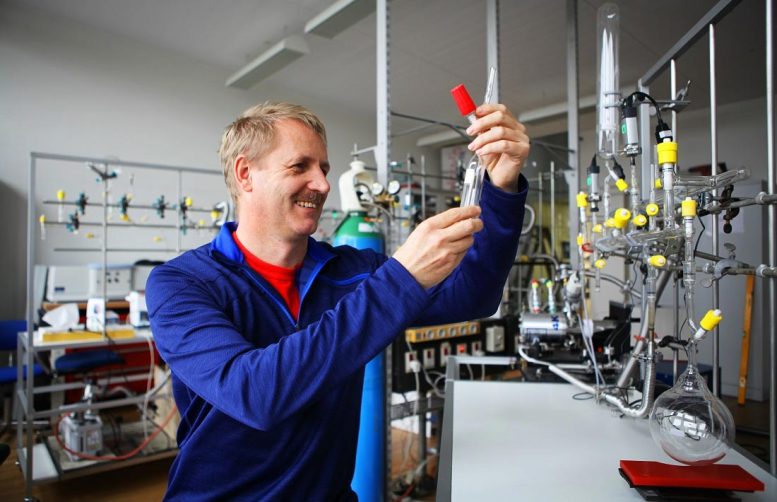
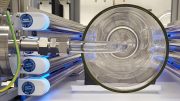
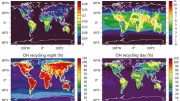

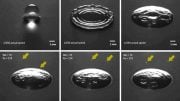
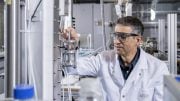
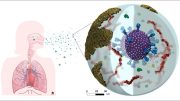

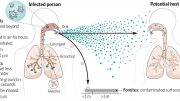
Look at the number of volcanoes continuing to erupt. This is where all these airborne issues are coming from causing fespiratory problems world wide now. Tis not a human made issue but a cycle the whole universe is going through again.
Blog.safecast.org
Got iGeigie?
Fukushima
OE
Nope. Humans put out between 60 to 100 times the pollution of the world’s volcanoes. Remember- Volcanoes only erupt once in a great while. While their output when they do erupt can be the equivalent of human pollution, they don’t continuously pollute, whereas human activity never stops polluting… https://phys.org/news/2019-10-humanity-emissions-times-greater-volcanoes.html
“These compounds have always been around – we just didn’t know about them. …”
On the other hand, while volcanoes don’t produce much in the way of organic compounds, the isoprene mentioned in the article is a class of terpene, largely emitted by coniferous trees. The dimethyl sulfide is a byproduct of marine phytoplankton. I rather doubt that human emissions of either come close to what is produced naturally.
There is an error in the second paragraph of this article, the first one not in bold. It states that “all peroxides have two oxygen atoms attached to each other”. A “per”oxide has one oxygen per hydrogen. That is what makes it so reactive. It wants desperately to have two oxygen atoms.
Obviously “in the atmosphere & “under atmospheric conditions” aren’t precisely the same.